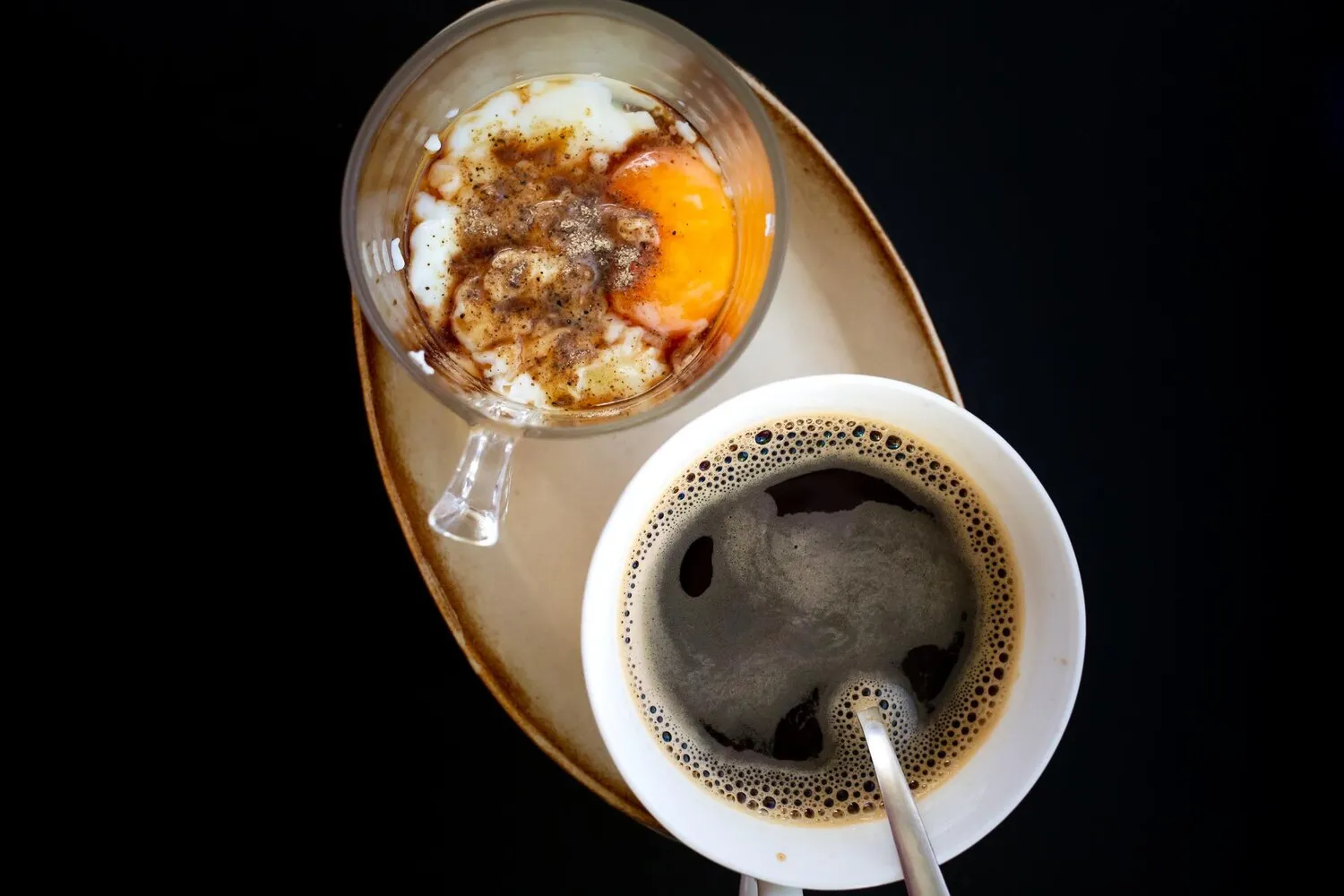
Sucos
Fruit Juices
Nutrition Facts
* The % Daily Value (DV) tells you how much a nutrient in a serving of food contributes to a daily diet. 2,000 calories a day is used for general nutrition advice.
Açai & Cia
The history of sucos in Brazil is intertwined with the country's abundant tropical fruits and indigenous traditions of using fruits for nourishment and medicinal purposes. The Portuguese colonizers introduced new fruits and sugar, further shaping the evolution of Brazilian juice culture. Over time, sucos have become deeply ingrained in Brazilian daily life, representing freshness, health, and a connection to the country's natural resources.
Sucos are an integral part of Brazilian culture, often consumed daily as a refreshing and healthy beverage. They are commonly found at breakfast, lunch, and throughout the day, served in homes, restaurants, beach kiosks, and specialized juice bars (lanchonetes).
Beach Culture
Sucos are ubiquitous on Brazilian beaches, offered by vendors as a refreshing way to cool down in the tropical heat. Certain flavors like coconut water (agua de coco) and açai are especially popular in this context.
Lanchonetes
Lanchonetes, small snack bars, are a cornerstone of Brazilian food culture, and they almost always offer a wide variety of freshly squeezed sucos. These are not just places to grab a drink, but also social hubs where people gather to chat and relax.
Health and Well-being
Sucos are often associated with health and well-being in Brazil. Brazilians value fresh ingredients and see sucos as a way to obtain vitamins and minerals naturally. Many believe that certain fruits have medicinal properties, further enhancing the appeal of sucos.
Brazilian sucos are characterized by their fresh, vibrant, and often sweet flavors, derived from the diverse range of fruits available. Common flavor profiles include tropical sweetness, citrusy tanginess, and earthy undertones, depending on the fruit combinations used.
The flavors of Brazilian sucos vary greatly depending on the fruits used. Common fruits include: Acerola (tart and vitamin C rich), Maracujá (passion fruit, tangy and aromatic), Manga (mango, sweet and creamy), Abacaxi (pineapple, sweet and slightly acidic), Laranja (orange, citrusy and refreshing), Limão (lime, sour and zesty), Goiaba (guava, sweet and slightly musky), Melancia (watermelon, sweet and refreshing), and Mamão (papaya, sweet and creamy). Often, sugar or sweetener is added to balance the natural acidity of some fruits. Combinations of fruits are also common, creating unique flavor profiles.
Freshness is Key
Always use fresh, ripe fruits for the best flavor and nutritional value. Avoid using fruits that are bruised or overly soft.
Balance Sweetness
Adjust the amount of sugar or sweetener to your preference, keeping in mind the natural sweetness of the fruits. Some fruits may not require any added sweetener at all.
Experiment with Combinations
Don't be afraid to experiment with different fruit combinations to create your own unique and delicious sucos. Consider blending sweet and tart fruits for a balanced flavor.
Serve Immediately
Sucos are best enjoyed immediately after preparation to preserve their freshness and nutritional value. Over time, the color and flavor may degrade.
Use Ice Sparingly
While ice can make sucos more refreshing, adding too much can dilute the flavor. Consider chilling the fruits before blending or using frozen fruit instead of ice.
Explore additional Drink dishes and restaurants
Explore DrinkDiscover top dining spots and culinary experiences in Guarapuava.
Explore GuarapuavaLearn more about the food culture, restaurant scene, and culinary heritage of Brazil.
Explore Brazil